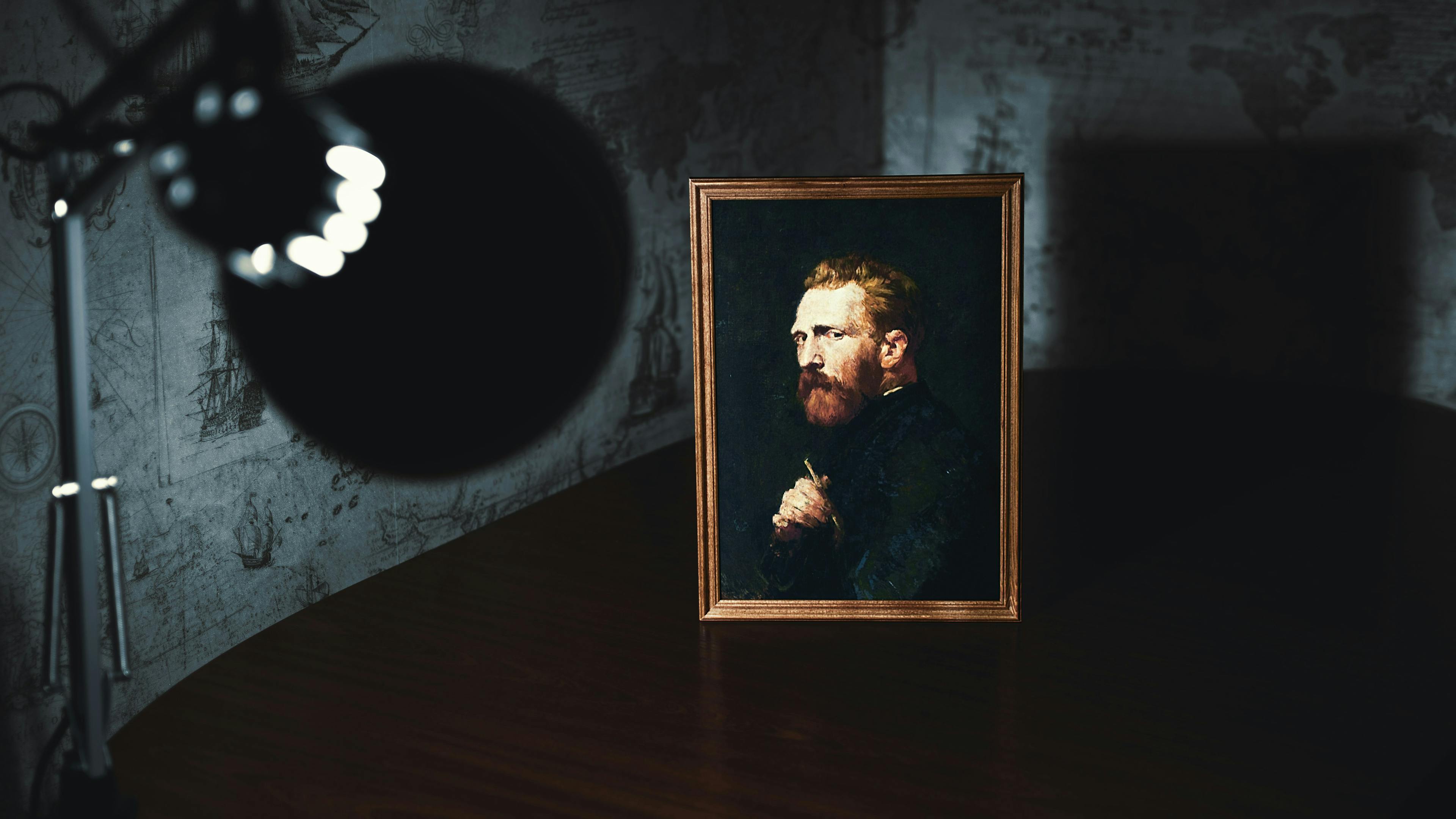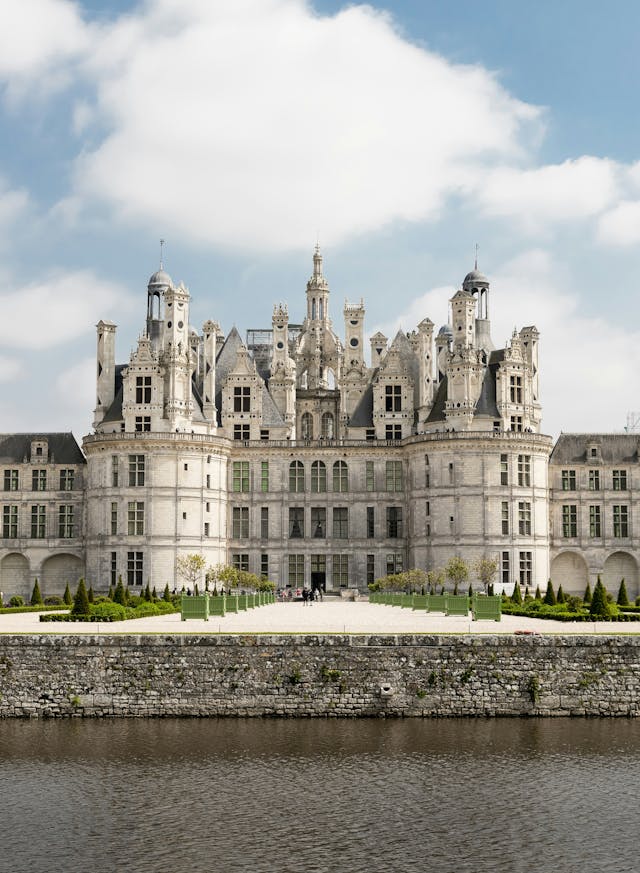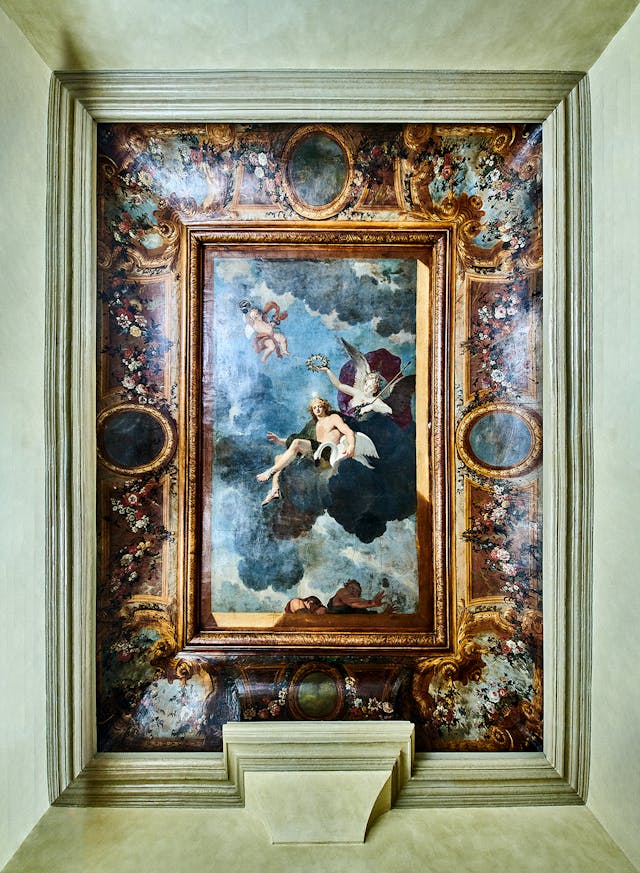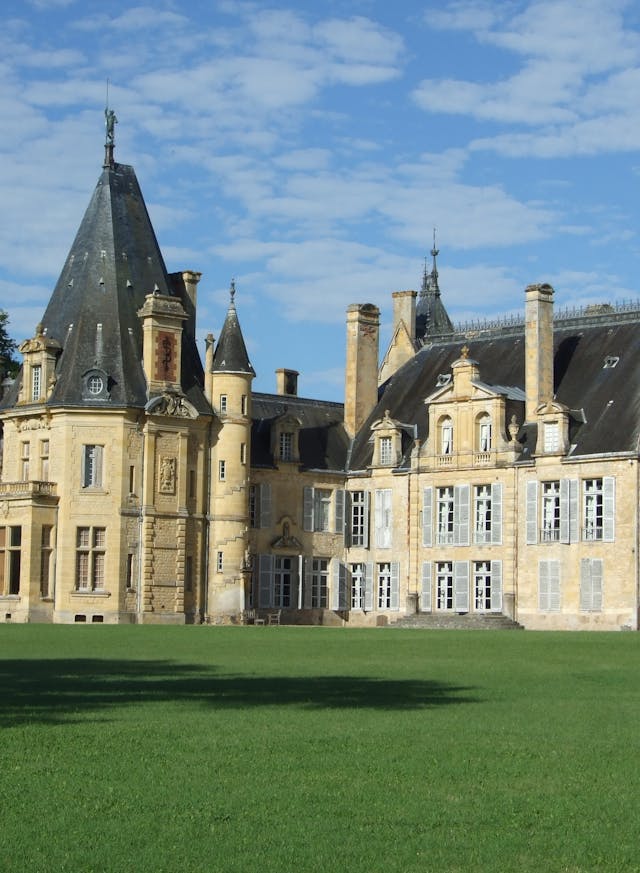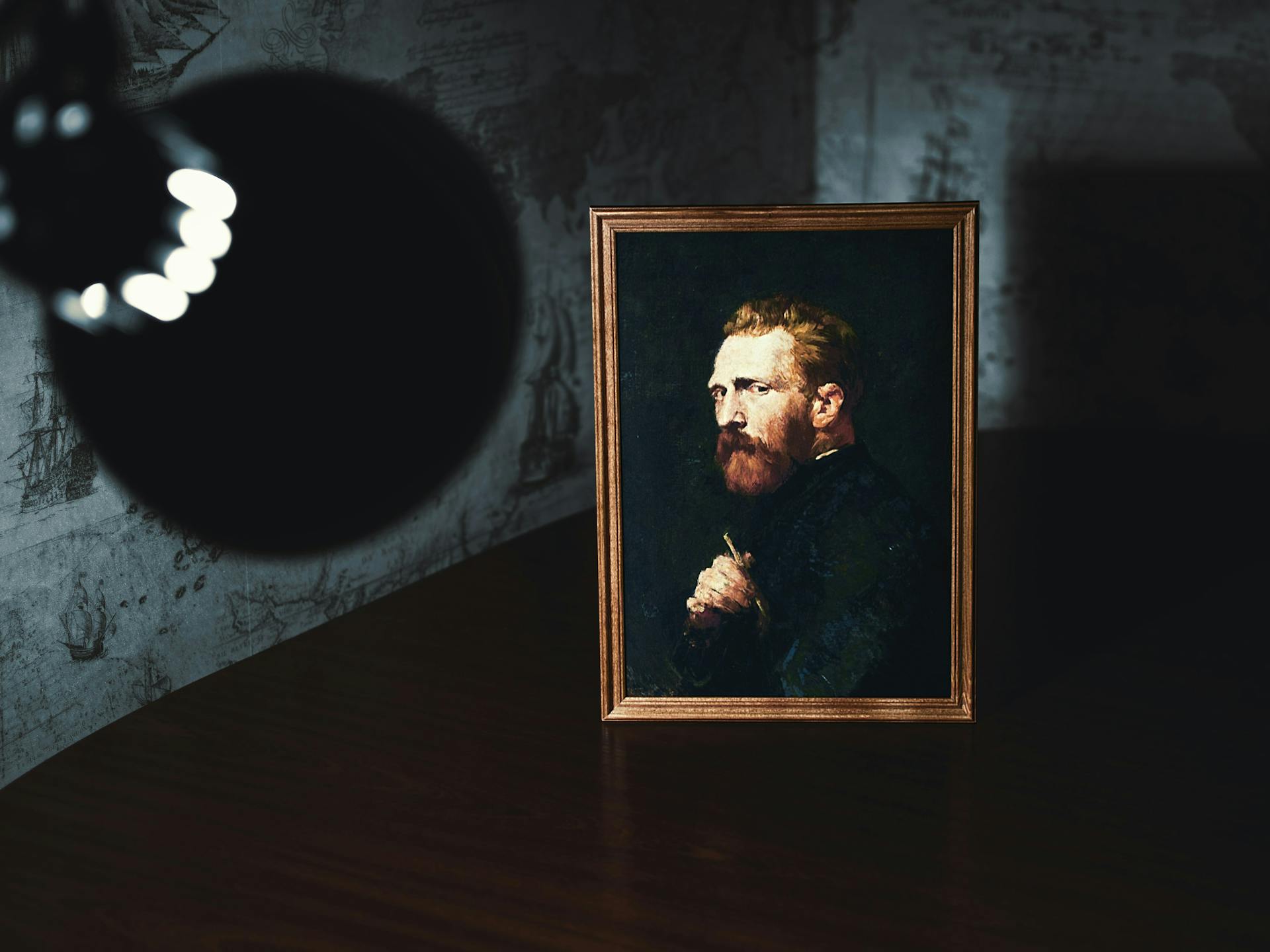
Institution
Alexandre Giquello : "Drouot has been dealing with second-hand for 170 years."
Few institutions have given their name to the district that serves as their setting. This is the case with the Drouot group, whose President, Alexandre Giquello, is demonstrating that, despite its 170-year history, it is more than ever a modern player.
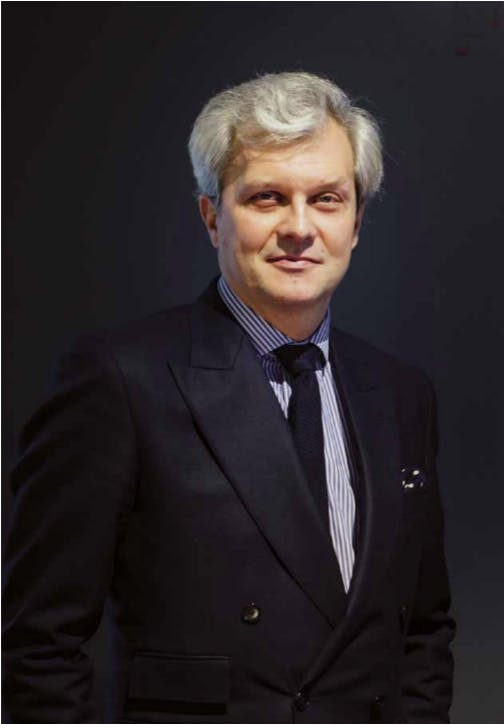
INTERVIEW
In the past three years, the Drouot group has accelerated its digitization process by developing Drouot.com. Has this opened the world of auctions to new players?
Online auctions have indeed been fully embraced by all our clients. First and foremost, by professionals, both in France and internationally. Today, nearly 750 auction houses are registered on Drouot.com. We now have an extremely comprehensive inventory. It has also attracted new profiles, particularly younger individuals in provincial areas, while also convincing our traditional buyers who appreciate being able to remotely follow multiple auctions at the same time.
"The hotel Drouot is a meeting place".
However, this doesn’t diminish the charm of visiting Drouot
These are two aspects that should be seen as complementary. The Hôtel Drouot, as a physical location, is a is a meeting place where curators, authors, dealers, experts, and collectors come together. It’s a place for exchange and learning, which is extremely interesting! It’s a world unto itself, in the heart of the 9th arrondissement, and it radiates far beyond its walls, into the surrounding neighborhood.I would also add that visiting in person is particularly interesting when it comes to the exhibitions held prior to the auctions. We don’t sell just any type of products, and nothing can replace the firsthand impression one can have when facing a work of art.
"Restoration is a subtle art!"
Are there trends or fashions in the auction world?
Absolutely! Look for example what happened with Art Deco design. In 1973, during the Jacques Doucet auction, nobody could stand Art Deco anymore, and yet that auction revived the trend for the next 40 years. The same gradual shift has occurred with design from the 1970s and then the 1980s. The example of Serge Manzon’s objects, which were no longer desired in the 1990s but are now highly sought after, speaks volumes! Ultimately, we are always considered outdated by someone or from a certain era. Who knows, maybe in ten years, Flemish still-life paintings will become fashionable! It sometimes depends on the influence of specialized magazines, a collector, or a decorator. While Claude and François-Xavier Lalanne sculptures were once considered decorative, Peter Marino decided to place them in numerous Dior boutiques. Today, Lalanne’s sales are highly successful.
In the end, auctions promote second-hand consumption.
That is the very principle of auctions, and yes, it aligns perfectly with the spirit of the times! You can find everything at the Hôtel Drouot, and in addition, the objects have a certain soul. We have always been the pioneers of recycling.
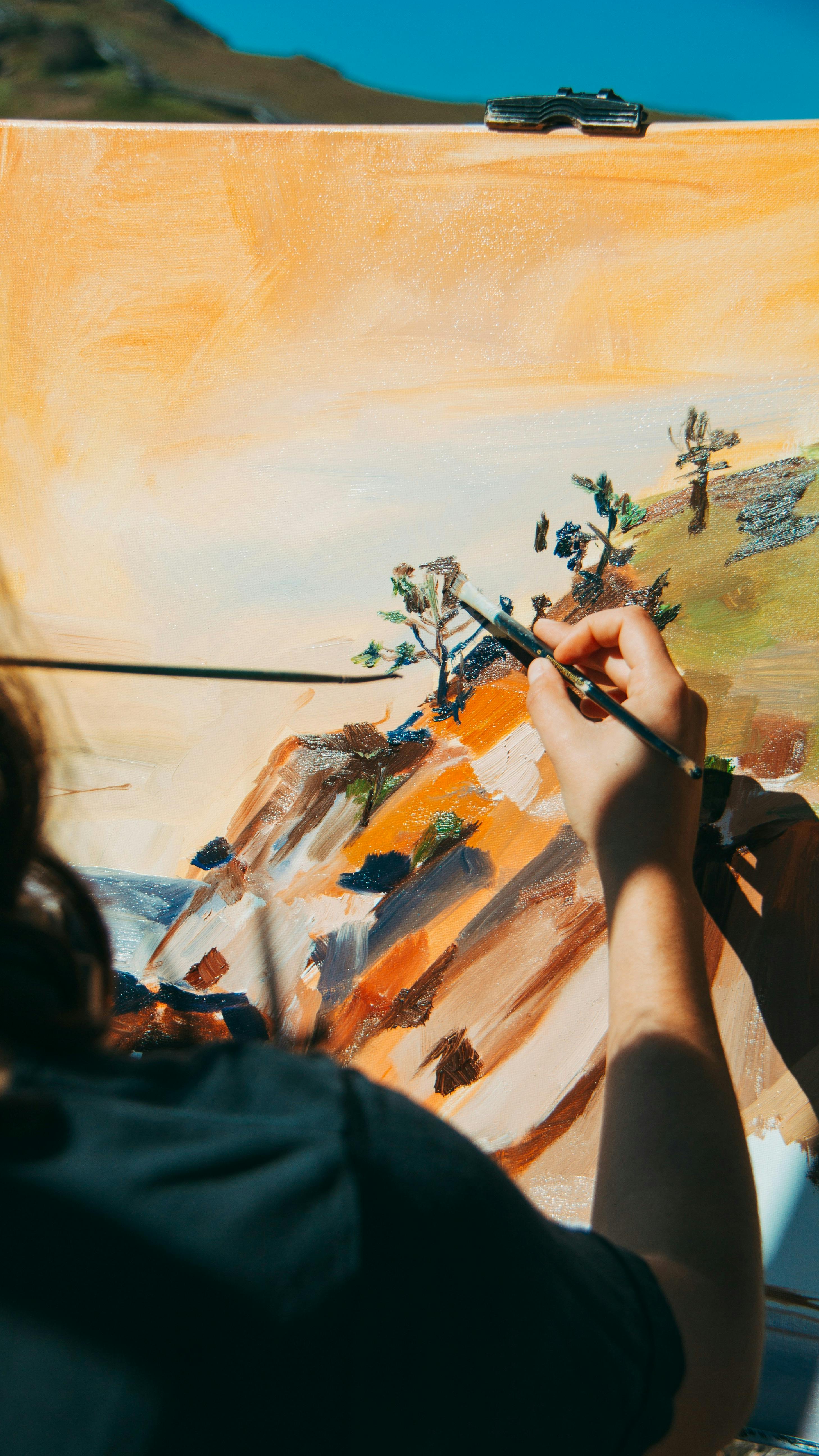
Reviving sleeping beauties also requires significant restoration work, right?
Indeed, auctioneers have an extensive network of various craftspeople who can intervene in restoration work! However, personally, when it comes to public auctions, I am not a big advocate of restoration. I try to minimize it as much as possible, and for two reasons. First, it is not about concealing the condition of an object. Second, restoration also involves matters of taste and different approaches. Take the example of a marquetry chest of drawers: it is possible to completely remove and restore the marquetry to the point where the result appears new. But some prefer to preserve the cracks and other signs of the passage of time. The same applies to paintings: thread-by-thread restoration, patching… Ultimately, it is up to the buyer to decide how far they want to go. Restoration is a subtle art!
Published on 20/02/2024
